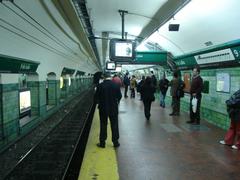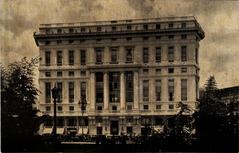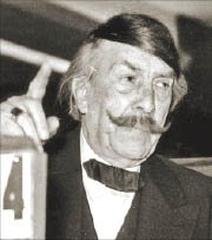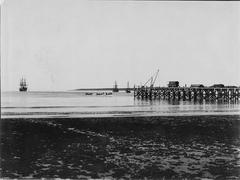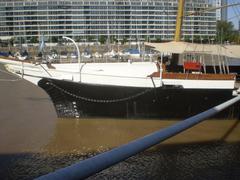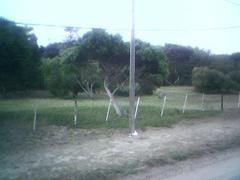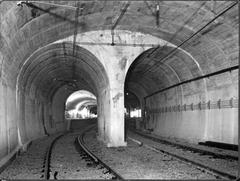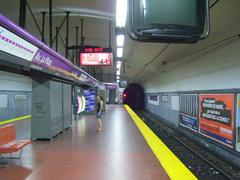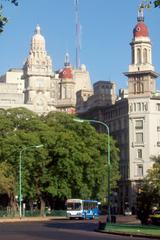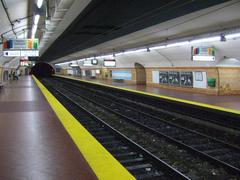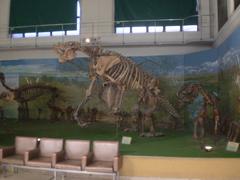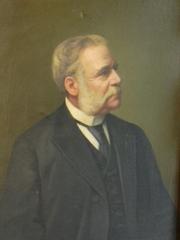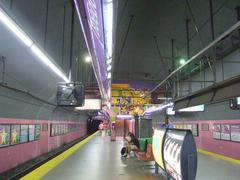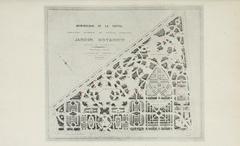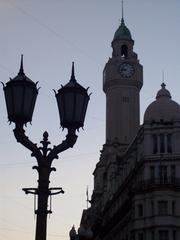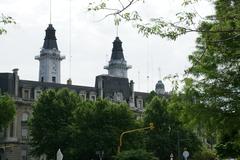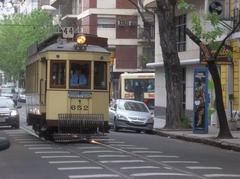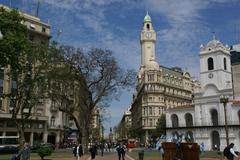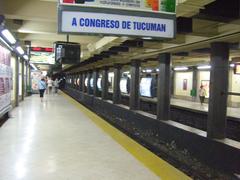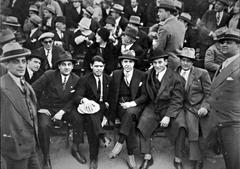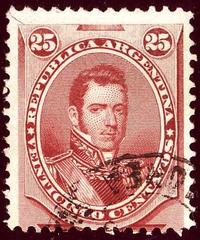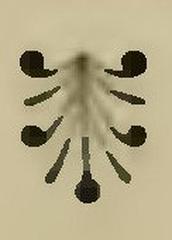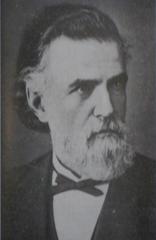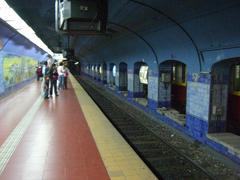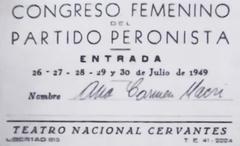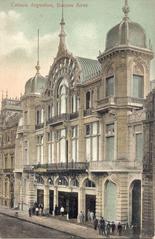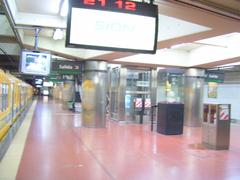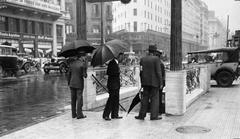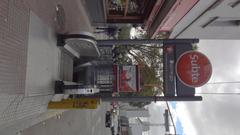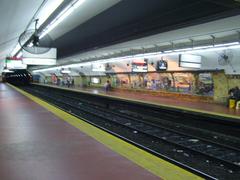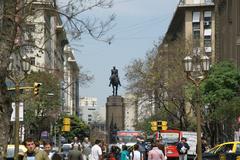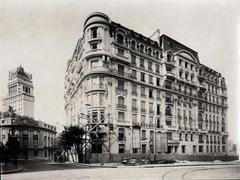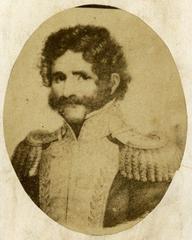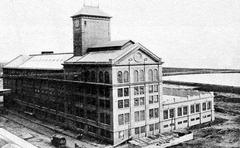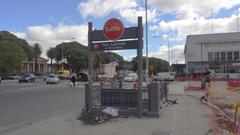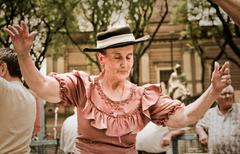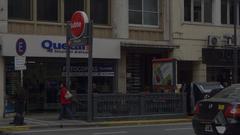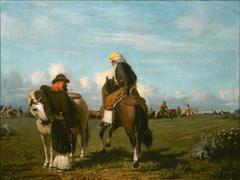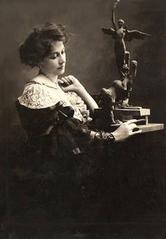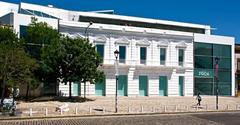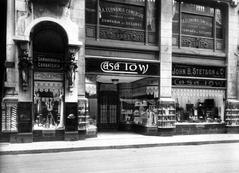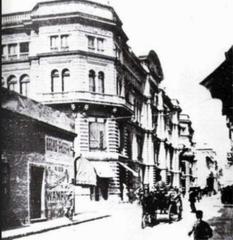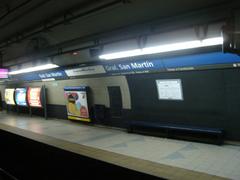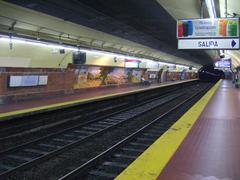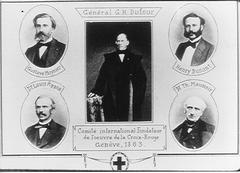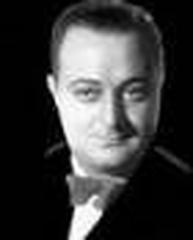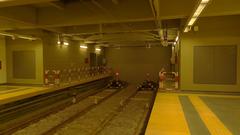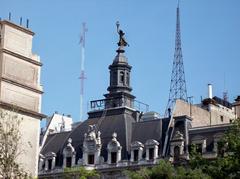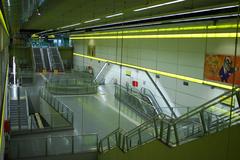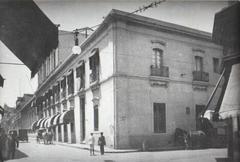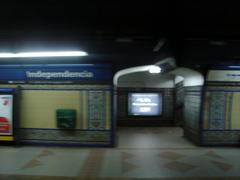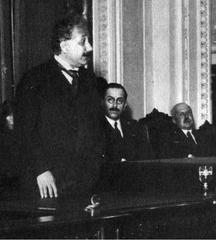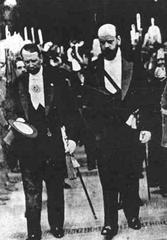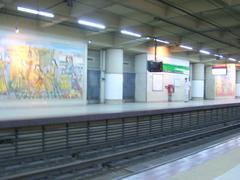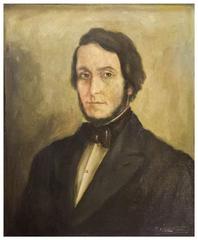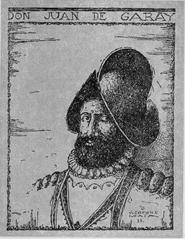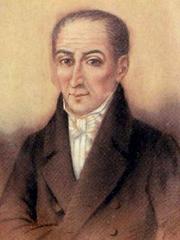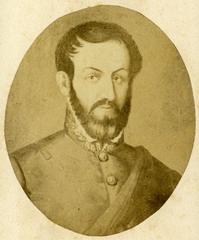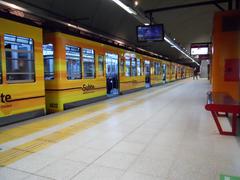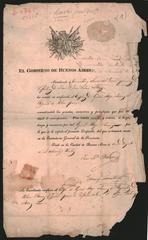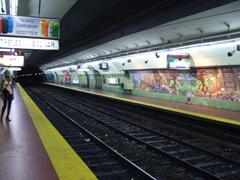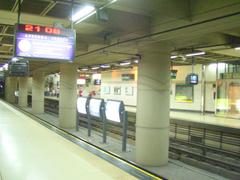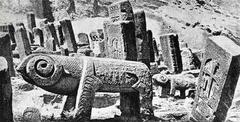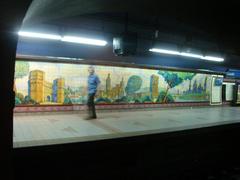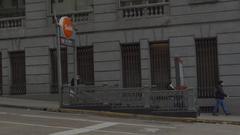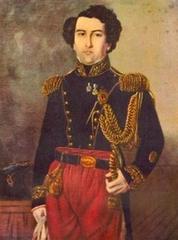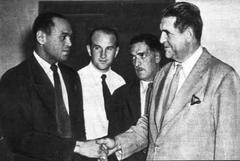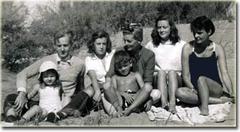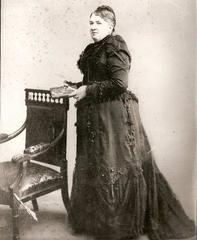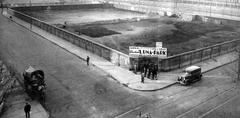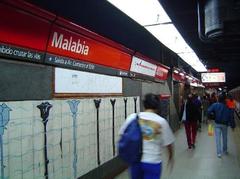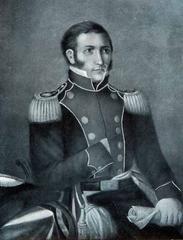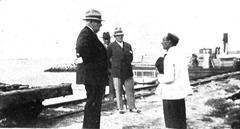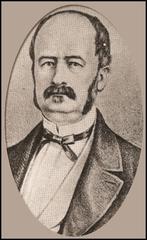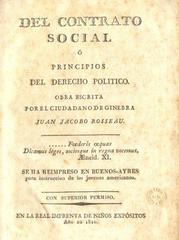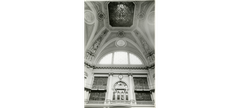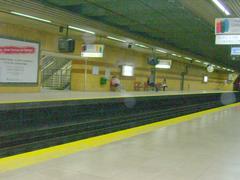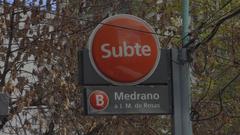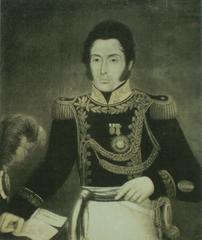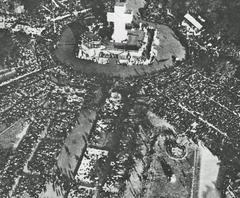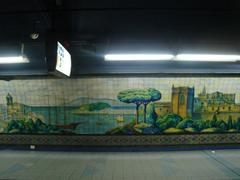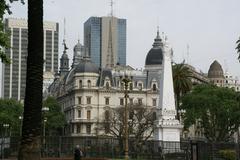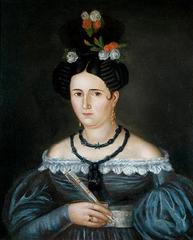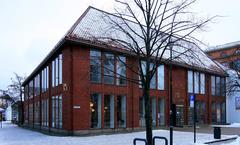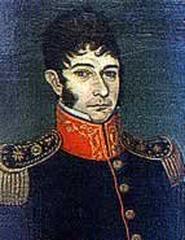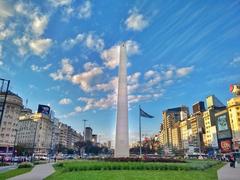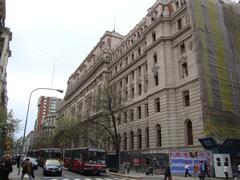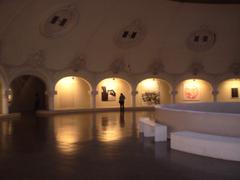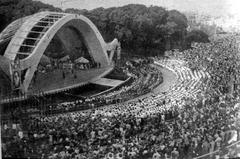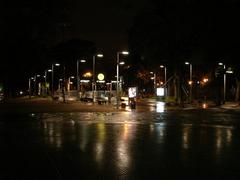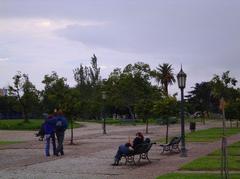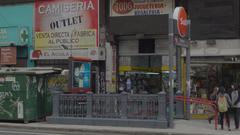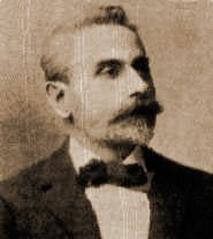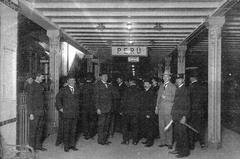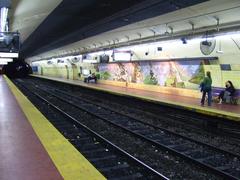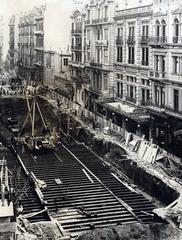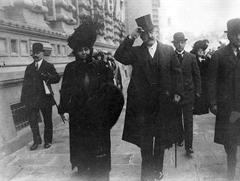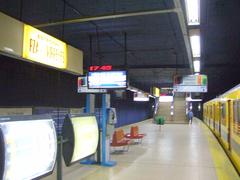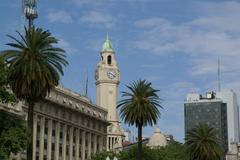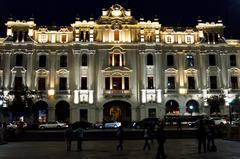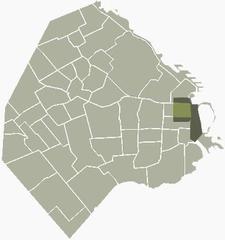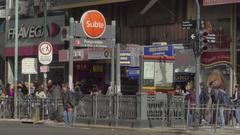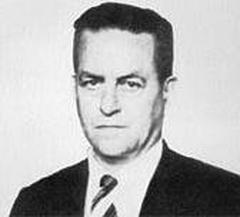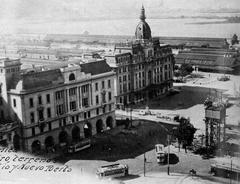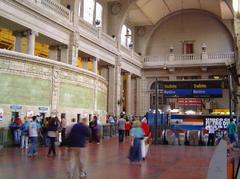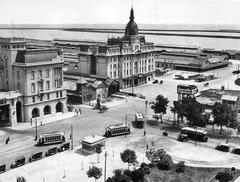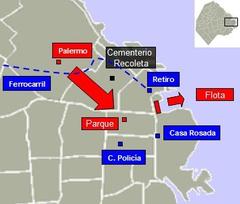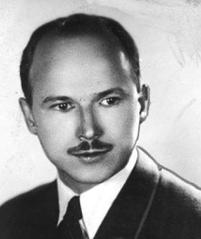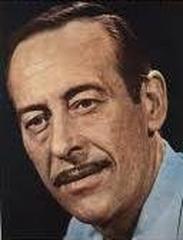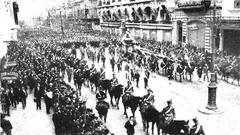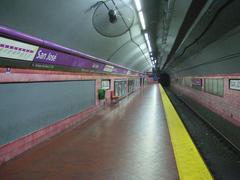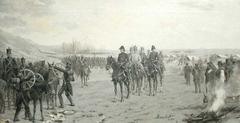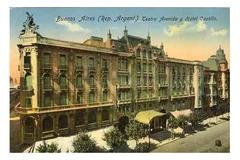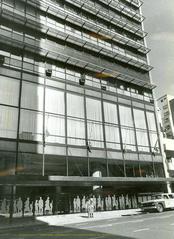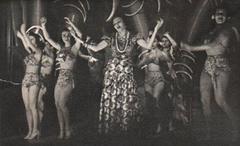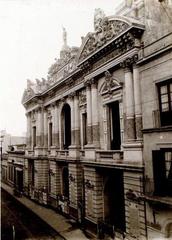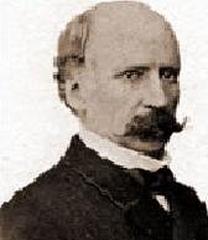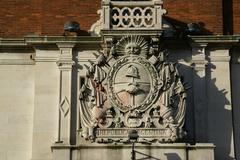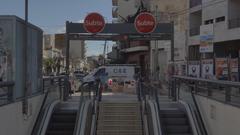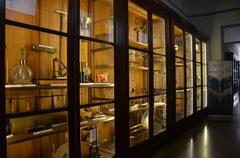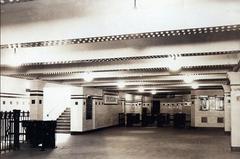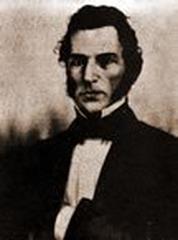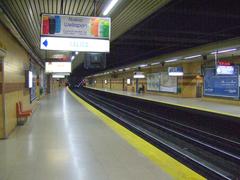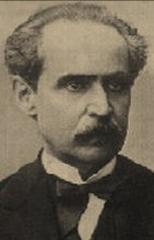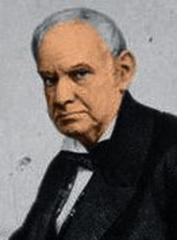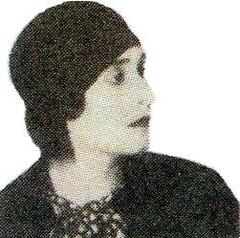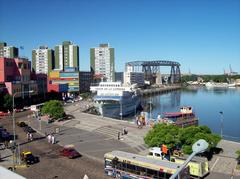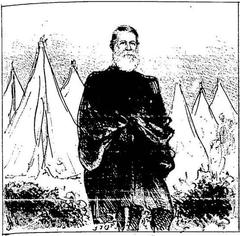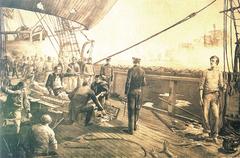
Visiting Ghost Tower: Hours, Tickets, and Historical Sites in Buenos Aires
Published Date: 31/07/2024
Introduction to Ghost Tower
Located in the heart of Buenos Aires, Argentina, the Palacio Barolo, also known as the Ghost Tower, stands as a testament to architectural brilliance and historical depth. This iconic building, inspired by Dante Alighieri’s Divine Comedy, merges the realms of literature, culture, and architecture. Designed by Italian architect Mario Palanti and commissioned by cotton magnate Luis Barolo, the construction of Palacio Barolo began in 1919 and concluded in 1923. The building’s division into three sections—symbolizing Hell, Purgatory, and Heaven—adds a layer of symbolic intrigue that captivates visitors from around the world. Beyond its architectural marvels, the Palacio Barolo reflects Argentina’s complex history, particularly its relationship with Great Britain, as seen in the post-Islas Malvinas/Falkland Islands War era (Atlas Obscura). Whether you’re an architectural enthusiast, a history buff, or simply a curious traveler, this comprehensive guide will provide you with all the necessary information for an enriching visit to the Ghost Tower, including its visiting hours, ticketing details, and nearby attractions.
Contents
- Introduction
- History and Significance of Palacio Barolo
- Origins and Construction
- Architectural Symbolism
- Cultural and Historical Significance
- Post-Islas Malvinas/Falkland Islands War Impact
- Visitor Information
- Visiting Hours and Tickets
- Guided Tours and Special Events
- Travel Tips and Nearby Attractions
- Travel Tips
- Nearby Attractions
- FAQ
- Conclusion
Explore the Palacio Barolo: Visiting Hours, Tickets, and Historical Insights
History and Significance of Palacio Barolo
Origins and Construction
The Palacio Barolo, a monumental structure, began construction in 1919 and was completed in 1923. Conceived by Italian architect Mario Palanti and commissioned by wealthy cotton magnate Luis Barolo, the building is deeply rooted in symbolism, serving as a secular temple inspired by Dante Alighieri’s Divine Comedy (Atlas Obscura).
Architectural Symbolism
The building is divided into three sections symbolizing Hell, Purgatory, and Heaven. The lobby represents the nine circles of Hell with Latin inscriptions and statues of monsters. The middle section represents Purgatory, while the highest levels symbolize Heaven. The observation deck, offering a 360-degree view of Buenos Aires, marks the beginning of Heaven, and at the top, the still-operational lighthouse stands at 100 meters, analogous to the 100 cantos of the Divine Comedy (Atlas Obscura).
Cultural and Historical Significance
Once the tallest building in South America, the Palacio Barolo was intended to serve as a beacon for visitors arriving from the Atlantic to the Rio de la Plata estuary. The ornament above the lighthouse, a figure of the Southern Cross constellation, aligns with the actual constellation on July 9th, Argentine Independence Day (Atlas Obscura).
Post-Islas Malvinas/Falkland Islands War Impact
The Palacio Barolo, like many structures in Buenos Aires, reflects Argentina’s tumultuous history with Great Britain. The nearby Torre Monumental, once known as the British Clock Tower, was renamed following the Islas Malvinas/Falkland Islands War, symbolizing the strained relations between the two nations (Frommer’s).
Visitor Information
Visiting Hours and Tickets
The Palacio Barolo is open to visitors from Monday to Friday, 10 AM to 6 PM, and on Saturdays from 12 PM to 5 PM. Guided tours are available, and it is recommended to book tickets in advance through the official website or authorized tour operators. Ticket prices vary depending on the type of tour and additional experiences like sunset visits.
Guided Tours and Special Events
Guided tours often begin in the lobby, where visitors are introduced to the Latin inscriptions and monster statues. As they ascend through the building, they encounter various alchemical symbols, colors of the Italian flag, and Masonic symbols. Special events and night tours are also offered, providing unique experiences for visitors (Atlas Obscura).
Travel Tips and Nearby Attractions
- Travel Tips: It is advisable to wear comfortable shoes as the tour involves a lot of walking and climbing stairs. Bring a camera to capture the panoramic views from the observation deck.
- Nearby Attractions: After visiting the Palacio Barolo, explore other historical sites like the Tortoni Café, the National Congress, and the Casa Rosada, all within walking distance.
FAQ
Q: What are the Palacio Barolo visiting hours? A: The Palacio Barolo is open Monday to Friday from 10 AM to 6 PM, and Saturdays from 12 PM to 5 PM.
Q: How much are the Palacio Barolo tickets? A: Ticket prices vary based on the type of tour. It is recommended to check the official website for the latest pricing.
Q: Are there guided tours available? A: Yes, guided tours are available and provide in-depth insights into the building’s history and symbolism.
Conclusion
The Palacio Barolo is more than just a building; it is a journey through history, literature, and symbolism. Its unique design, inspired by Dante’s Divine Comedy, offers visitors a chance to explore Hell, Purgatory, and Heaven within a single structure. As a cultural and historical landmark, it continues to captivate and inspire, making it an essential part of any visit to Buenos Aires. For more updates and related posts, follow us on social media or download our mobile app Audiala.
Summary and Key Points
In summary, the Palacio Barolo, or Ghost Tower, is not just an architectural masterpiece but a journey through history and symbolism. Inspired by Dante’s Divine Comedy, the structure offers a unique exploration of Hell, Purgatory, and Heaven within its walls. From its origins in the early 20th century to its role as a cultural and historical landmark today, the building continues to captivate and inspire visitors. Whether you’re intrigued by its ghostly legends or its symbolic architecture, the Palacio Barolo offers a multifaceted experience that enriches any trip to Buenos Aires. For those planning a visit, don’t forget to explore the nearby attractions in La Boca, including the famous Caminito street and the Boca Juniors stadium. For more travel tips and updates, follow us on social media or download our mobile app Audiala.
Sources and References
- Atlas Obscura, Palacio Barolo, Atlas Obscura
- Frommer’s, Torre Monumental, Frommer’s
- Buenos Aires Tourism, Ghost Tower, Buenos Aires Tourism
- Patagonia Argentina, Torre del Fantasma, Patagonia Argentina
- Lonely Planet, Torre Fantasma, Lonely Planet
- Buenos Aires Visitor Guide, Visitor Guide, Buenos Aires Visitor Guide
- Secrets of Buenos Aires, Travel Checklist, Secrets of Buenos Aires

